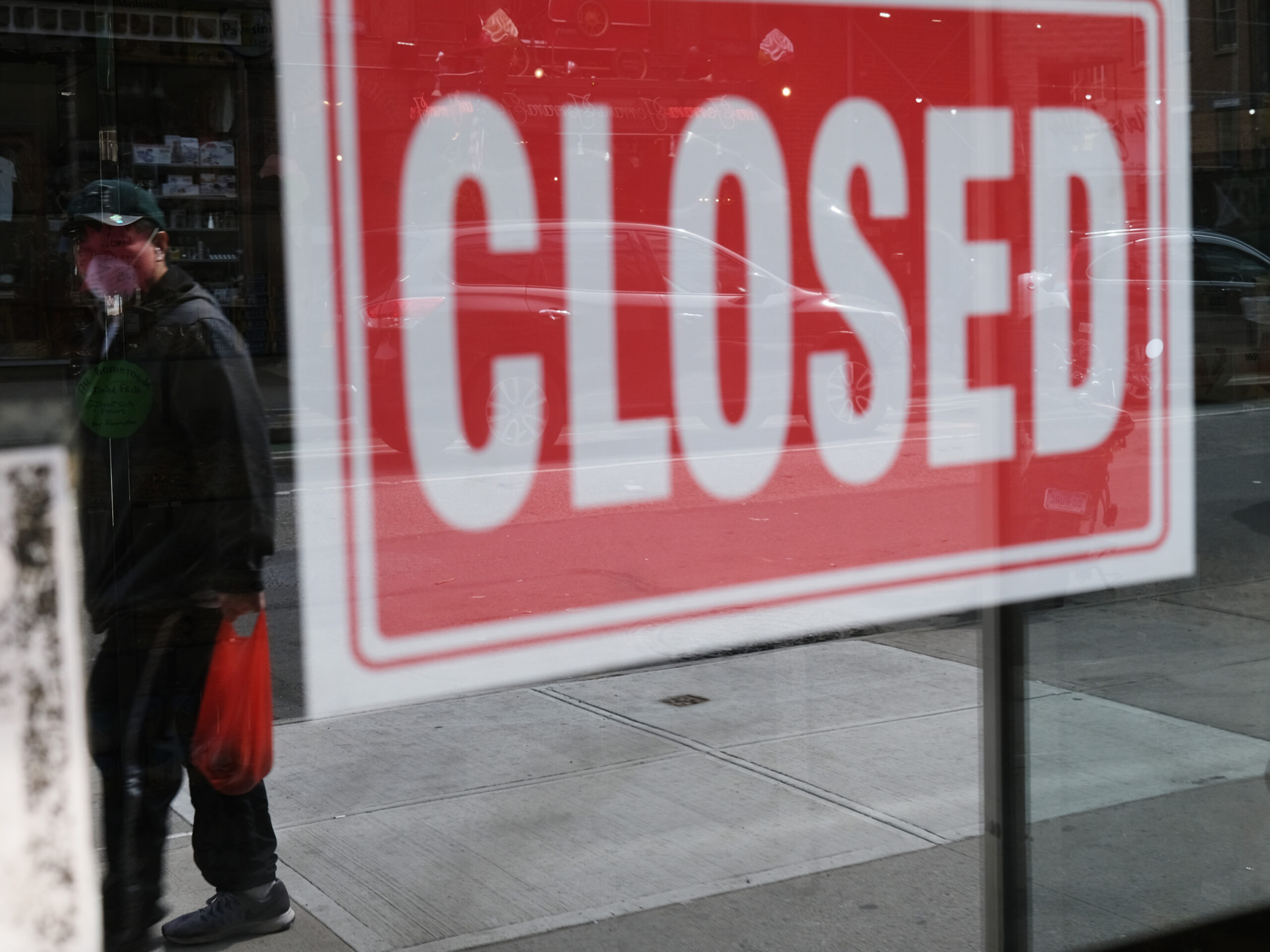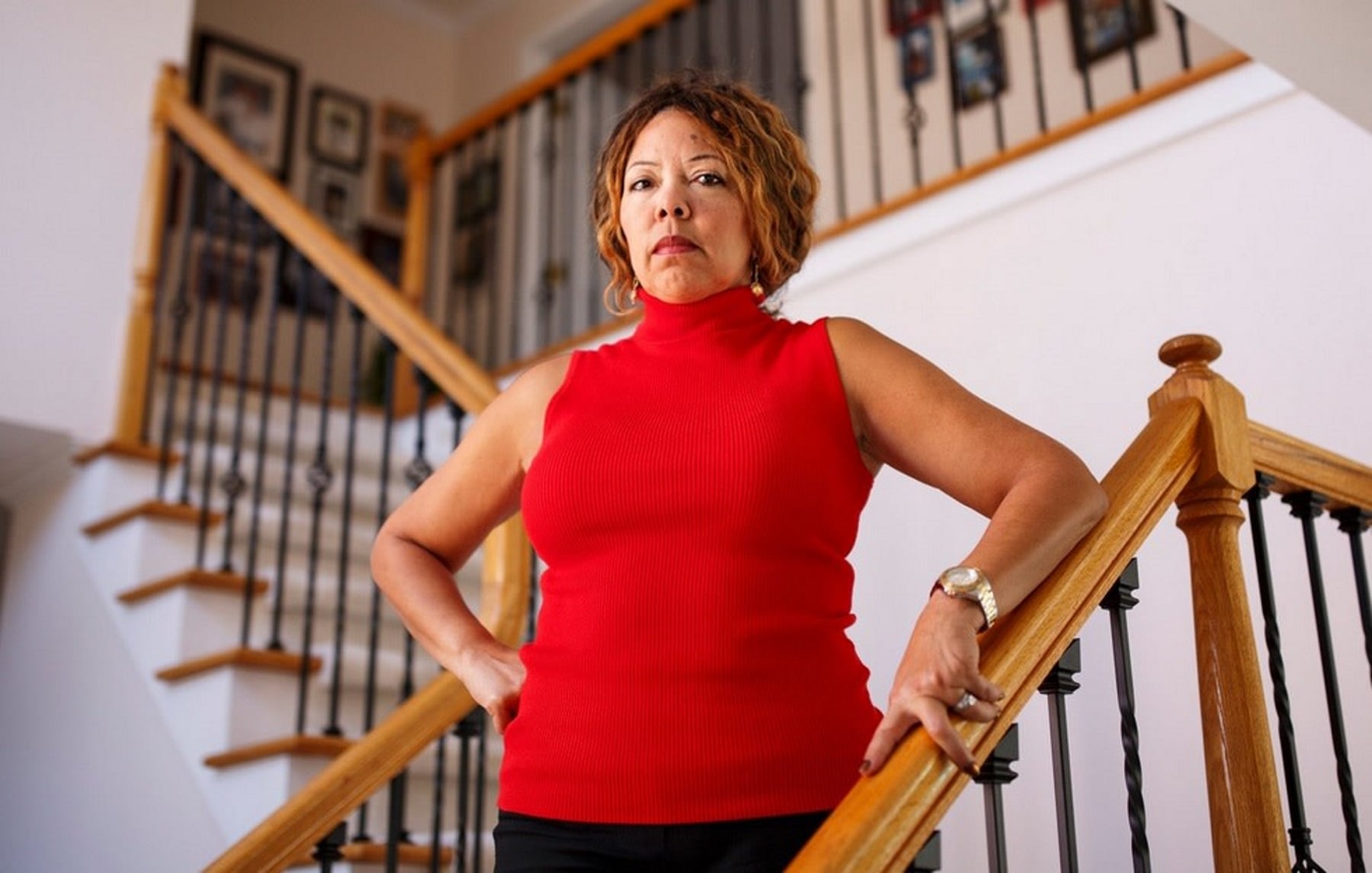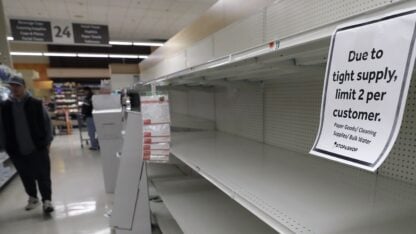Janitor Gloria Espinoza still vividly remembers the moment she was laid off last year.
A supervisor gathered her and her colleagues at a parking lot of the office where she worked in San Francisco and then broke the news.
“I thought, ‘God, why us?’,” Espinoza said. “It was like receiving a bucket of cold water.”
Months later, Espinoza is still unemployed and part of a worrying economic statistic: While the labor market is showing signs of recovery, millions who lost jobs at the beginning of the pandemic a year ago are still out of the labor force.
According to the monthly jobs report released on Friday, more than 4 million people had been unemployed for six months or more in February, a surge of 3 million over the past year.
Those who are long-term unemployed accounted for 41% of all unemployed people in the United States — levels not seen since the height of the Great Recession.
Adriana Kugler, an economics professor at Georgetown University and former chief economist at the Department of Labor, says the number of long-term unemployed is probably an undercount.
Factor in all the people who have only found part-time work or who have dropped out of the labor force altogether, and the problem could be more profound.
“All in all, that takes us to an unemployment rate that’s closer to the double digits,” Kugler says. “The magnitude of the problem is huge.”
What’s worse, among the most impacted by long-term unemployment are women and people of color who were disproportionately hit by layoffs during the pandemic.
Both groups were already getting paid less before the pandemic, and now face the risk of a permanent hit to their lifetime earnings.
A McKinsey study from February predicts it could take two years longer for women and people of color to recover jobs lost during the pandemic.
“The progress we see on closing the gender gap, even take COVID out of the picture, is so slow,” says the study’s co-author Kweilin Ellingrud. “And then you pause that slow glacial progress, and you make negative progress, it’s deeply discouraging.”
For now, many of the long-term unemployed are reluctant to give up jobs they’ve loved and held for years.
Budd Johnson, a transit bus at the University of Delaware, lost his job last year as classes went virtual.
Asked what he liked most about his old job, he uses a single word: “Everything.”
“The sights are great. The people I work for are great. I love the atmosphere,” he says.
Johnson is getting by on his dwindling savings as he waits to get called back, one day.
“I eat two meals a day instead of three,” he says. “I do go to the food pantry and get food from them.”
Yet the worry is that the longer people remain unemployed, the harder it will be for them to rejoin the workforce.
William Spriggs, chief economist at the AFL-CIO and a Howard University professor, says employers often stigmatize people who haven’t worked in months. The longer someone’s without a job, the harder it is to find a new one.
“So rather than a typical way you think of a line working – you show up at the movie theater, I’m first in line, I’ve been here, I’m next. It works the opposite,” Spriggs says. “The people who are newly unemployed get the first in line.”
There’s another worry, too.
What if certain jobs don’t ever come back? How people work and live have changed dramatically during the pandemic, like the surge in online shopping for example.
Those shifts could make some job losses more lasting, and Georgetown professor Kugler says the United States is unprepared to help those workers who will get impacted.
“I’m incredibly worried that we’re not investing in workforce development,” she says.
And even if some jobs do come back, they could come back in different forms, like office work, for example.
As many people have adapted to working from home, experts believe they may not return to crowded offices anymore as many companies consider a combination of remote and in-office work.
That could have ripple effects for people like Espinoza, who cleaned offices and got laid off last year.
Espinoza knows there’s no guarantee she’ll get her job back, but she’s hopeful.
“In my mind, there’s going to be a need for additional workers, so we can provide that extra clean space that the workers deserve,” she says.
Copyright 2021 NPR. To see more, visit https://www.npr.org.
9(MDAxODM0MDY4MDEyMTY4NDA3MzI3YjkzMw004))

9(MDAxODM0MDY4MDEyMTY4NDA3MzI3YjkzMw004))









